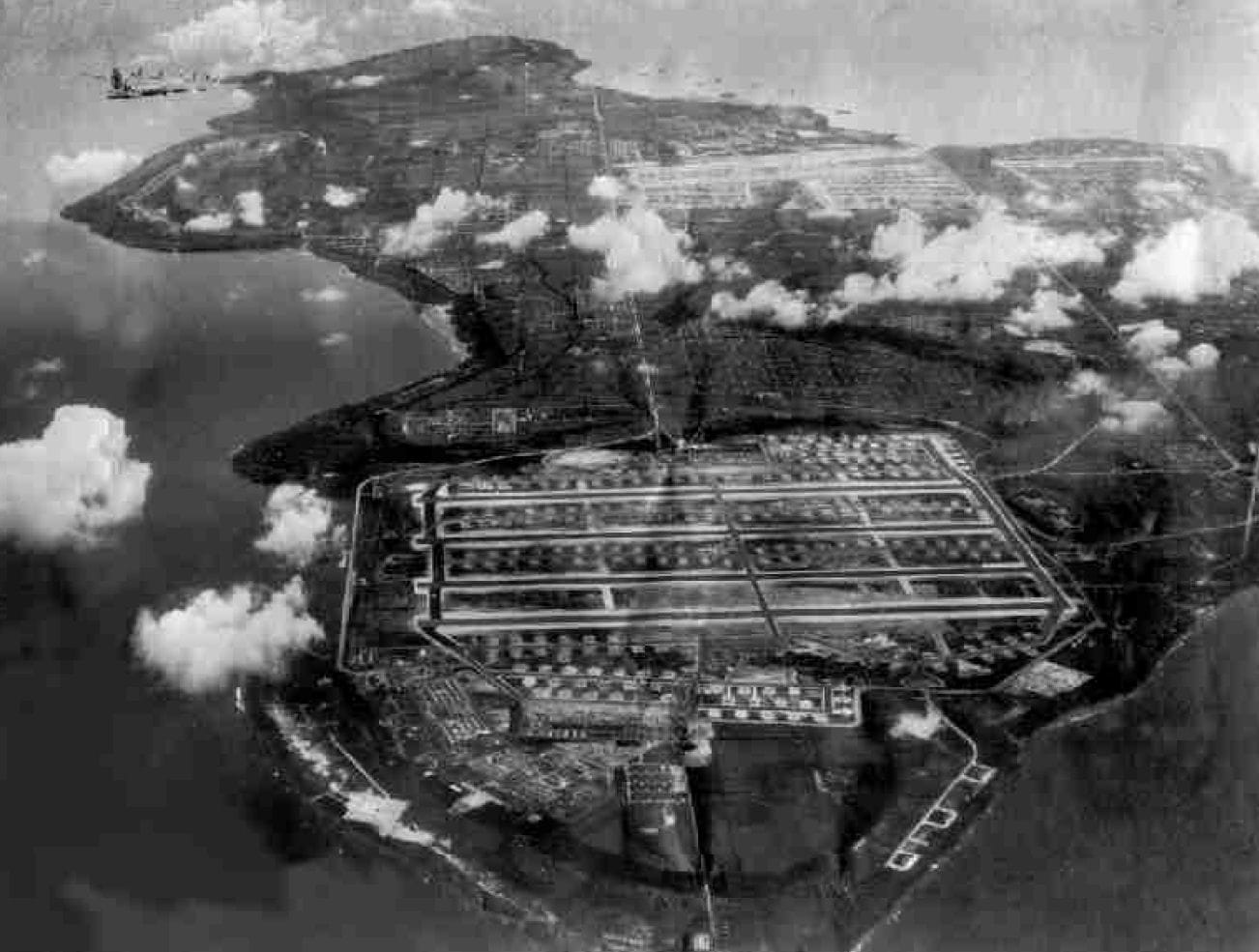The U.S. is planning to restore its onetime base in the Pacific, from which were launched the two flights dropping atom bombs on Japan, on August 6 and 9, 1945. Plans were recently announced for North Field on Tinian Island, in the North Marianas, one of three major B-29 bases during World War II, the other two having been on Guam and Saipan.
Gen. Kenneth Wilsbach, commander of Pacific Air Forces, told Nikkei Asia in an interview published Dec. 17 that North Airfield on the island of Tinian will become an “extensive” facility once work has been completed to reclaim it from the jungle that has grown over the base since the last U.S. Army Air Force units abandoned it in 1946.
The March 1945 firebombing of Tokyo was also launched from North Field, but the base will always be remembered for its role in the atomic bombings of Hiroshima and Nagasaki. The plan now is to make it available as part of the U.S. Air Force’s Agile Combat Employment concept, in which combat aircraft are scattered all over the Western Pacific rather than being concentrated at a few bases, such as Andersen AFB on Guam or Kadena Air Base on Okinawa. While it’s not clear that nuclear bombers will return there it’s likely that the Chinese will take notice of the reclamation of North Field.
What North Field will mean operationally was indicated by the participation of two B-1B bombers in air exercises with the South Korean and Japanese Air Forces on Dec. 20. According to Air & Space Forces Magazine this was the 14th time this year that Us bombers have participated in exercises involving South Korea and/or Japan.






